Vintage Tribal Runner Rug 2' 7" x 11' 10" (31" x 142")
Type:
Hand-Knotted RugsCollection:
Tribal RunnersID:
K0076466Size:
Material:
The designs often feature geometric patterns, symbolic motifs, and a harmonious blend of colors, reflecting the natural landscapes and cultural heritage of the area.
The designs often feature geometric patterns, symbolic motifs, and a harmonious blend of colors, reflecting the natural landscapes and cultural heritage of the area. These runners not only serve as functional pieces but also as a testament to the enduring legacy of tribal craftsmanship, adding a touch of history and elegance to any space.
Indulge in vintage charm and bring a piece of Anatolian patterns into your living space with this attractive runner that measures 2' 7" x 11' 10" (31" x 142").
Design Elements
- Pattern: The rug displays a series of geometric shapes, primarily hexagons and rectangles. These shapes suggest a sense of structure and stability, common in tribal designs.
- Texture: Being hand-knotted, the rug features a rich texture that enhances its visual and tactile appeal. The interplay of different knotting techniques creates depth.
- Borders: The design includes a prominent border that frames the main motifs, providing a sense of enclosure and focus. This border may symbolize protection and the boundaries of the home.
- Symmetry: The arrangement of motifs is generally symmetrical, contributing to a balance that is visually pleasing, signifying harmony and equilibrium in life's journey.
Colors
- Earth Tones: The use of earthy colors, including terracotta, beige, and muted greens, evokes a sense of nature and grounding. These tones connect with the history and culture of the tribe.
- Accents: Hints of vibrant colors like yellow accentuate the main motifs, adding energy and life while drawing attention to specific areas.
- Fading: The slight fading of colors showcases the rug's age and the passage of time, contributing to its vintage charm and authenticity.
Main Motifs and Their Symbolism
- Hexagons: Often symbolize harmony and balance. In many cultures, hexagons represent the interconnectedness of life and nature.
- Rectangles: These shapes can symbolize stability and protection, representing the foundation of the home and community.
- Floral Elements: Any floral motifs present in the design represent growth, beauty, and the cycle of life.
- Geometric Patterns: These patterns reflect cultural identity and the tribal heritage, telling stories or conveying messages about the community's beliefs.
Summary
The vintage tribal hand-knotted runner rug features geometric patterns, rich textures, and a harmonious symmetry that conveys balance and stability. With its earthy color palette and dynamic accents, this rug showcases the beauty of its age and the cultural significance behind its motifs. The main motifs, including hexagons and rectangles, symbolize harmony, stability, and the interconnectedness of life, while additional floral elements express growth and beauty.
- Ships in 1-4 business days
- Only one in stock, handmade, unique
- Free shipping via FedEx Express. Easy returns
- Contact us or add a note to your order if you want us to delay your shipping.
- Request more info if you want this rug shorter or narrower
Colors may appear slightly different across various monitors due to screen settings device differences, and external lighting conditions. If color accuracy is important for your space, we recommend viewing the rug on multiple devices or contacting us for a detailed color description. We can provide detailed photos and references using Sherwin-Williams, Benjamin Moore, Pantone, or even Crayola crayons.
You can also visualize most of our products in your own room with AR (augmented reality) on an iPhone or iPad.
Return Policy
Need a rug pad? We recommend RugPadUSA
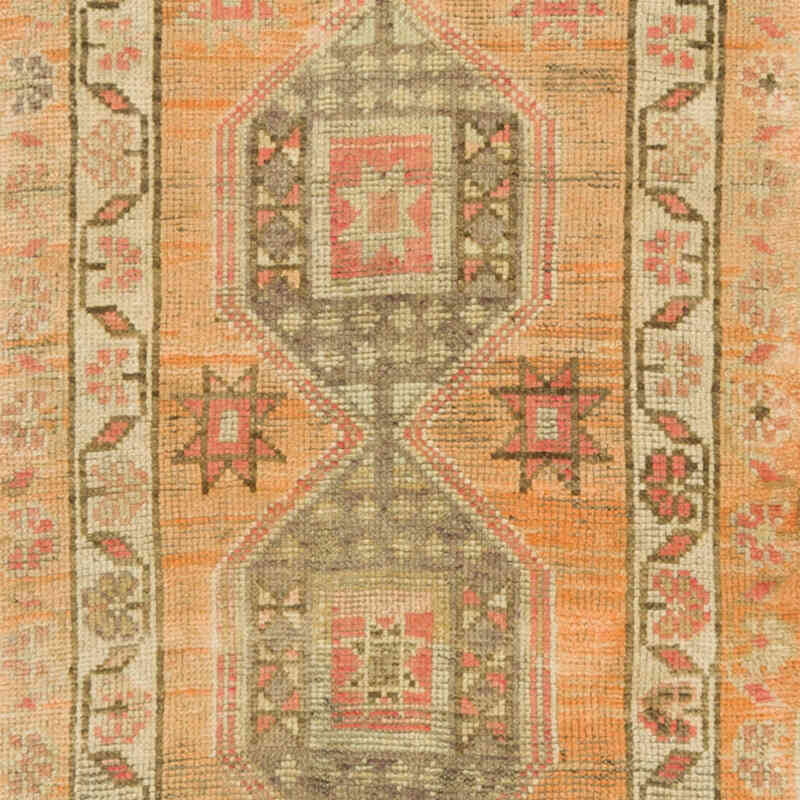

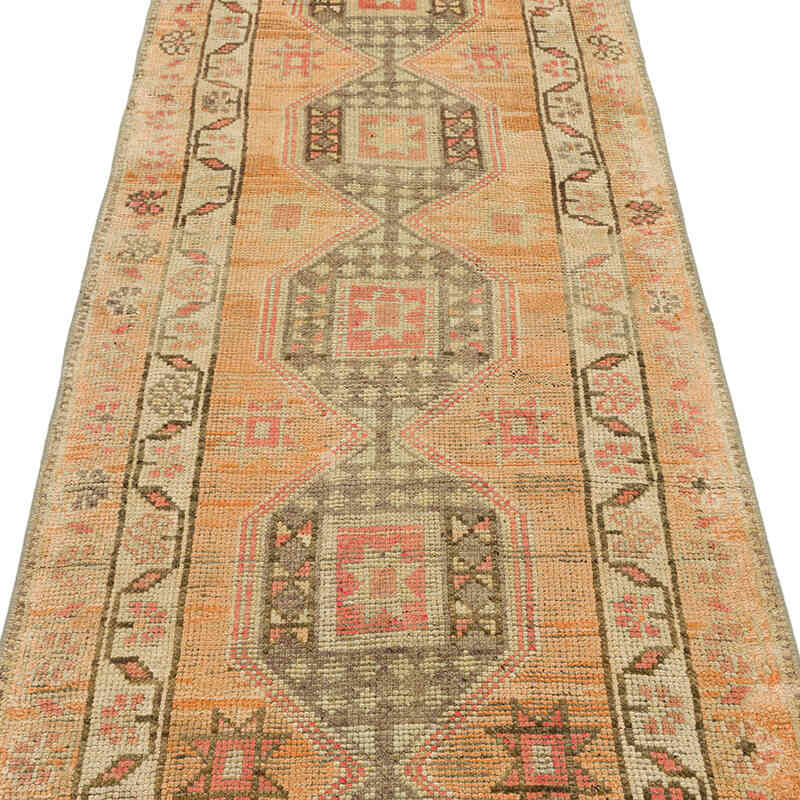
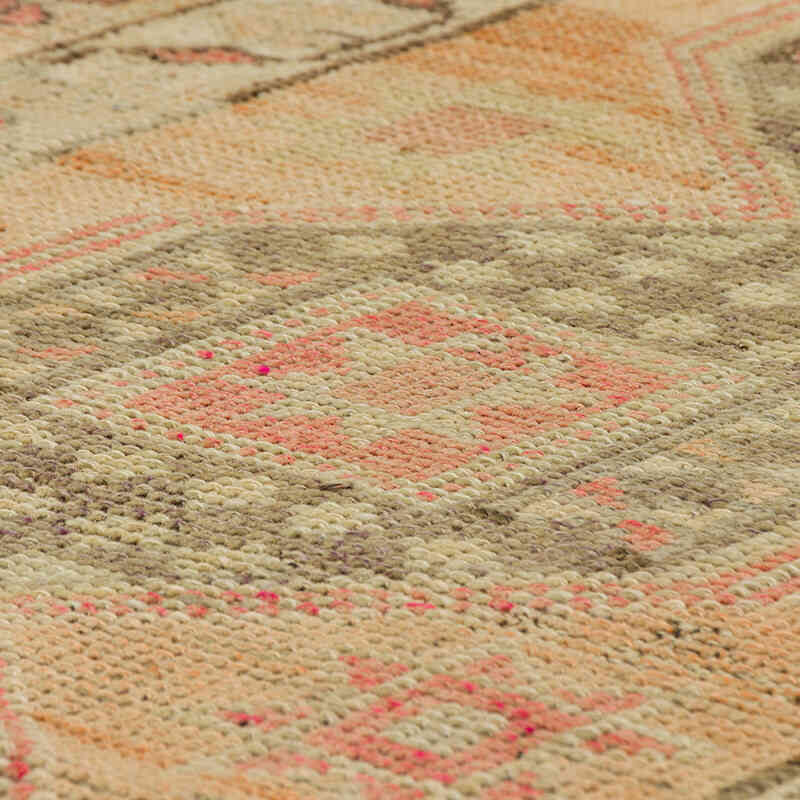
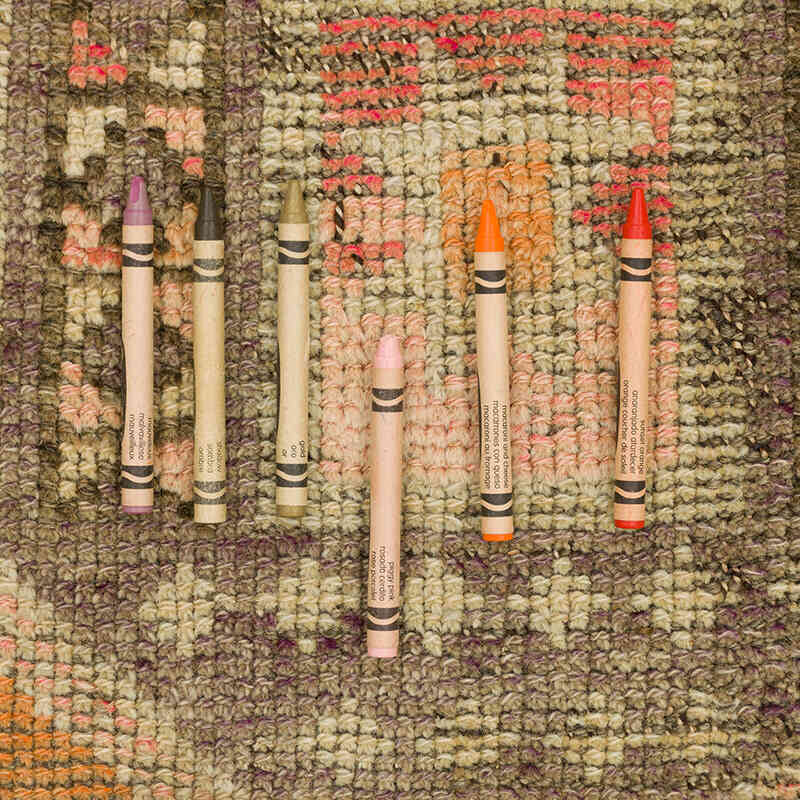
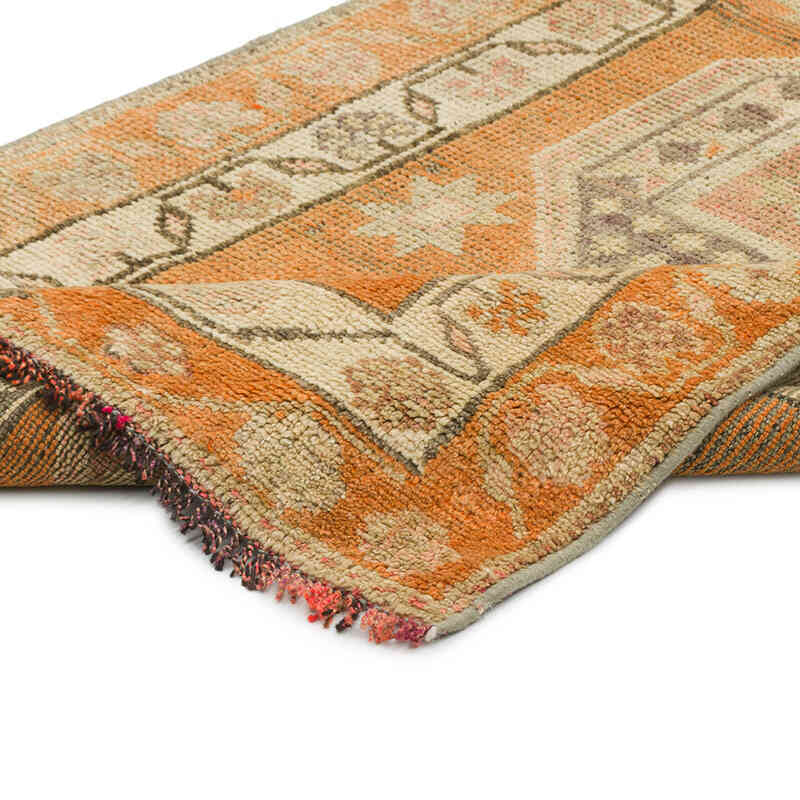
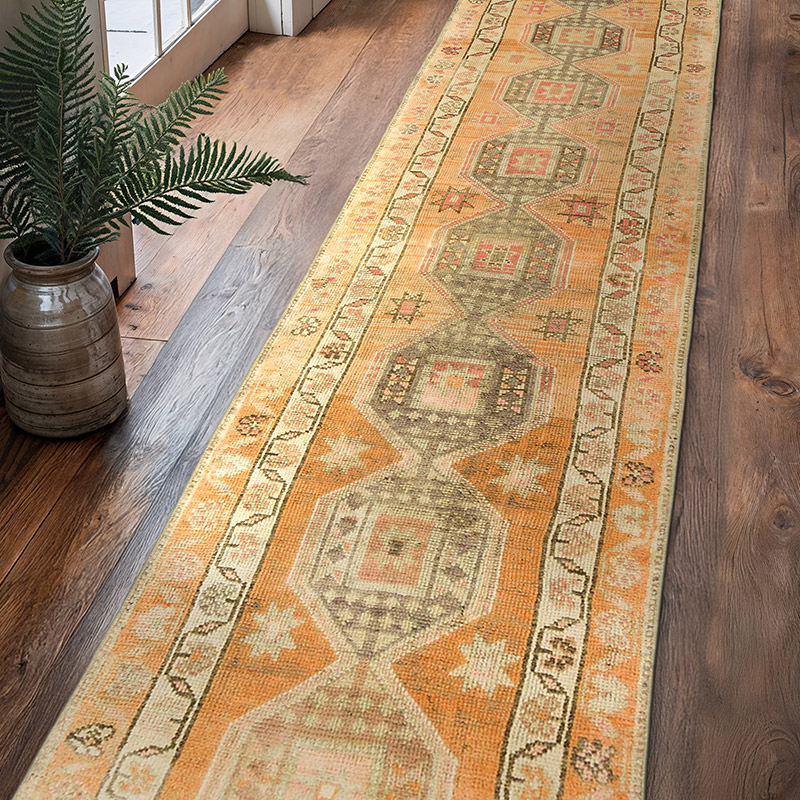

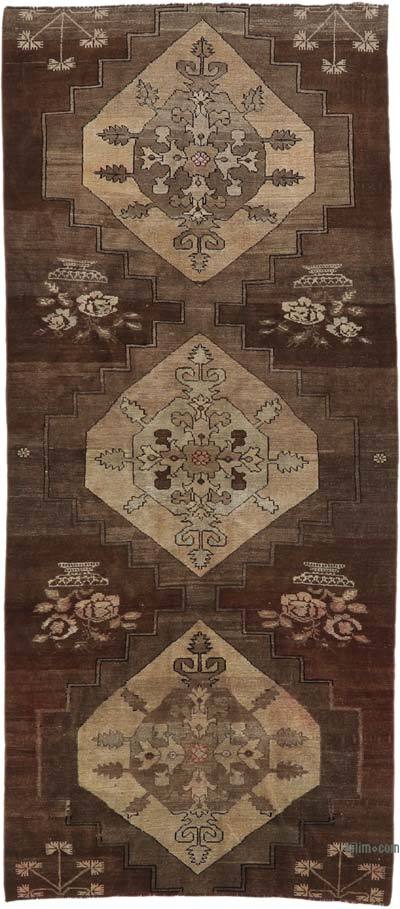






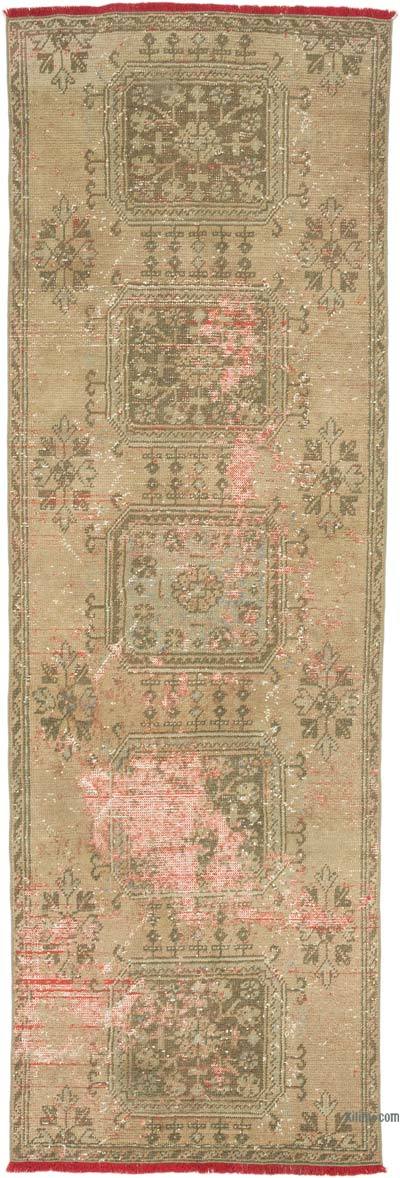







Kilim Studio are outstanding